Text: Falk Goernert · Photos: Yvonn Spauschus
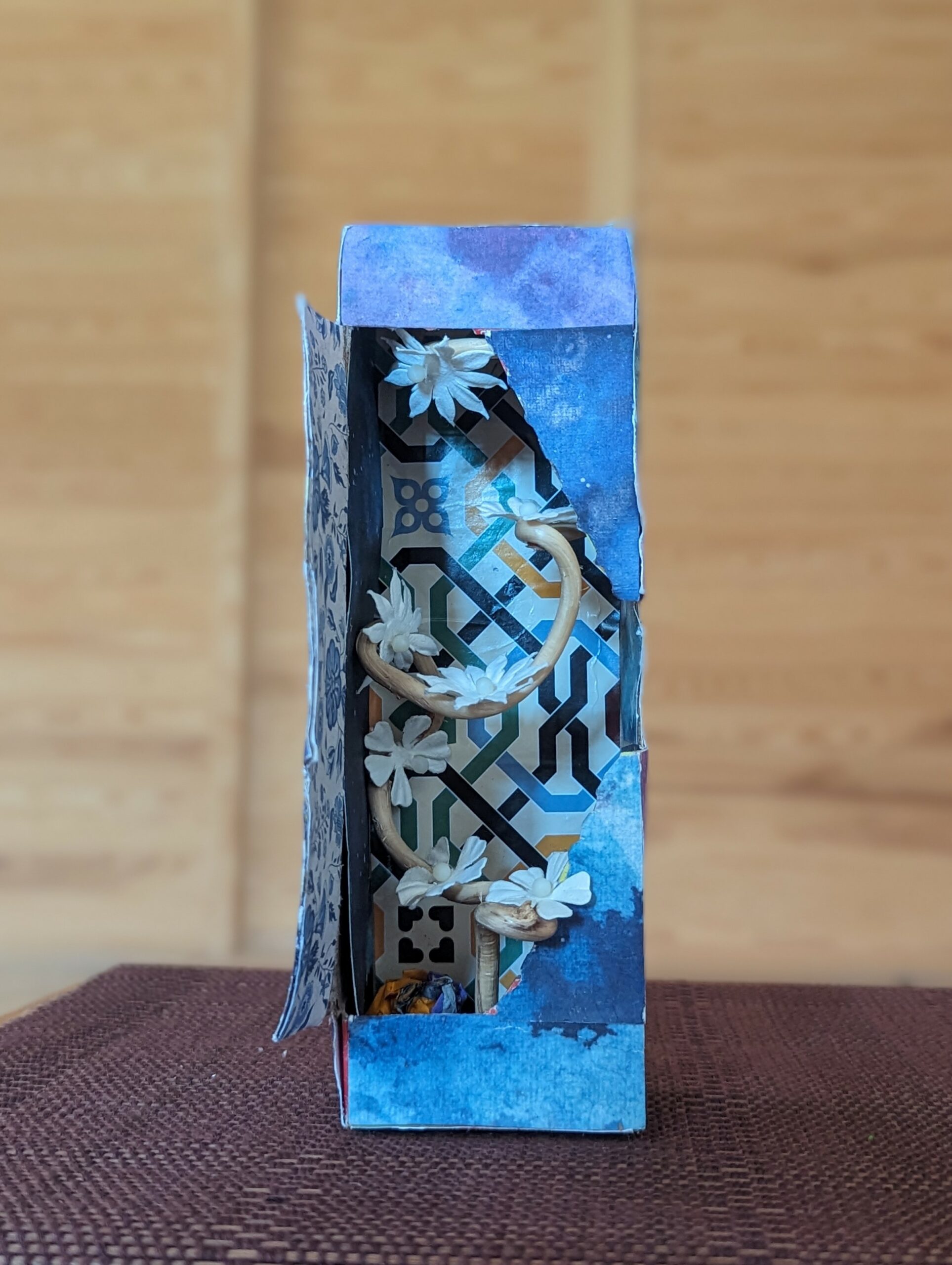
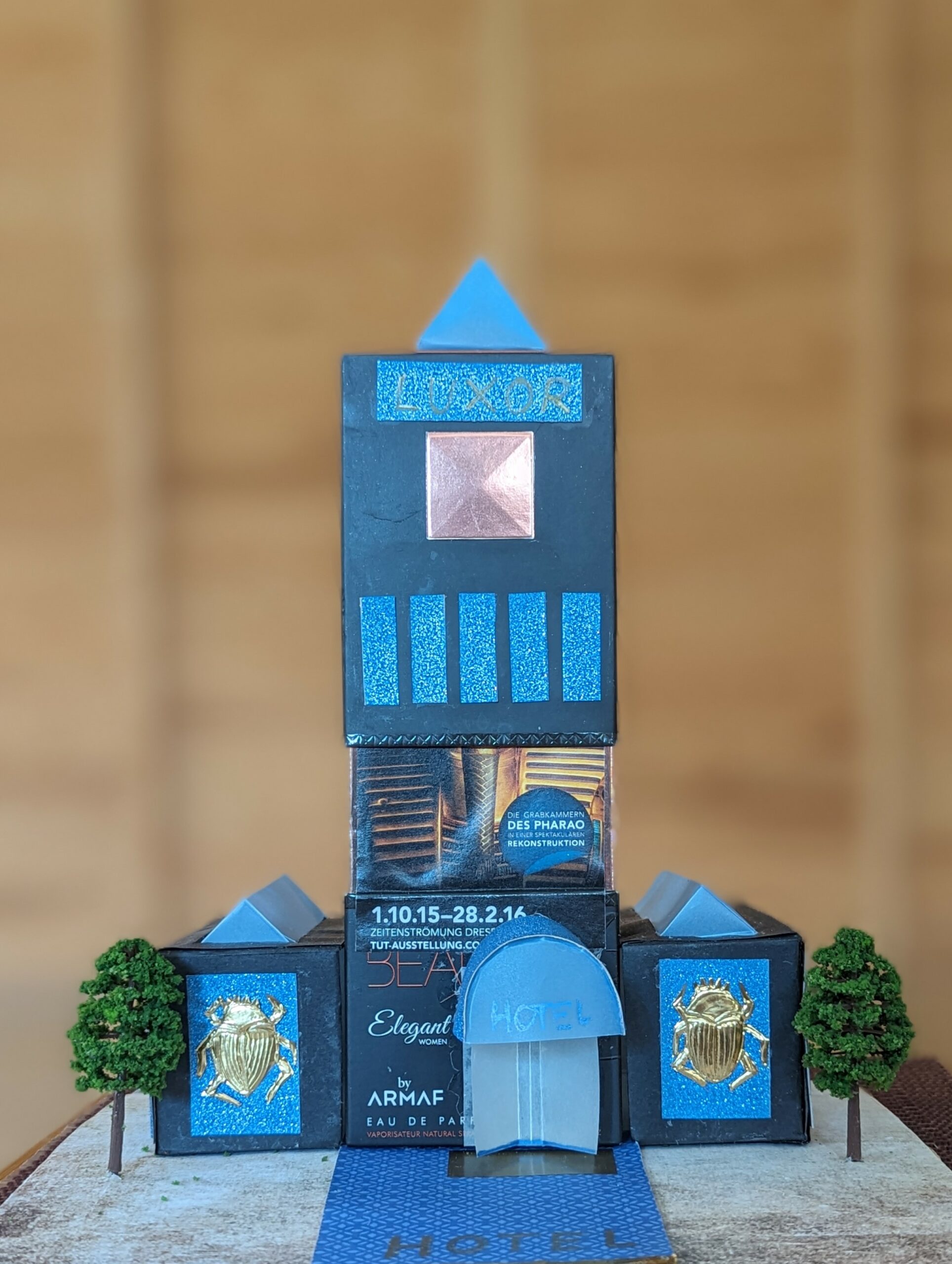

“I can be interviewed now,” Hongfeng calls across the table into the room. She is a computer scientist, works as an interpreter and translator, among other things, and as a consultant in the entrepreneurial field. We are back at Chinesisch-Deutsches Zentrum (Chinese-German Centre) in Alt-Strehlen after our premiere last year, and this time Hongfeng rolls out the blueprint. The next hour will be about a vision to be built, a trinity of traditional Chinese architecture or design, sustainable contemporary ecological construction and the multifunctional use of buildings. Hongfeng reports that several co-thinkers are on board, including from Australia and the USA. Via Zoom, (initial) design ideas were created, designed and discussed together.
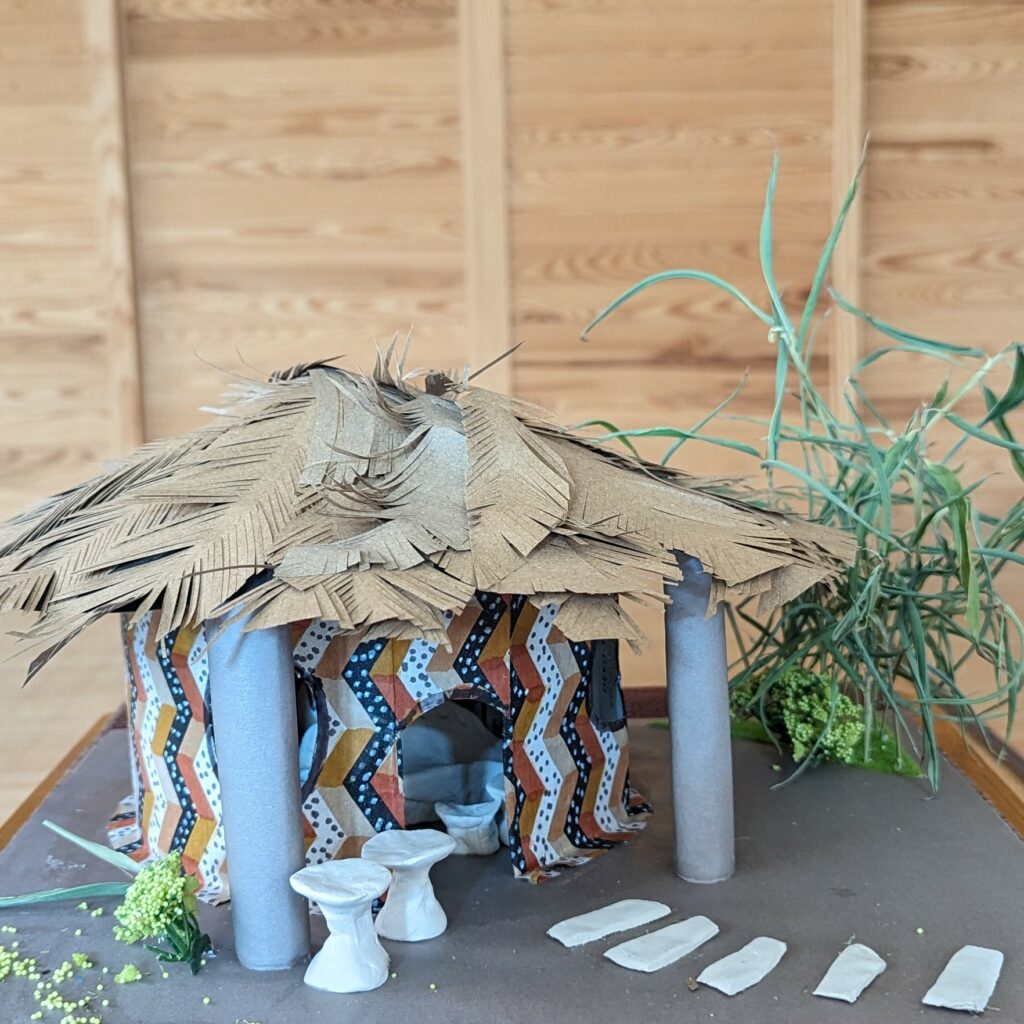
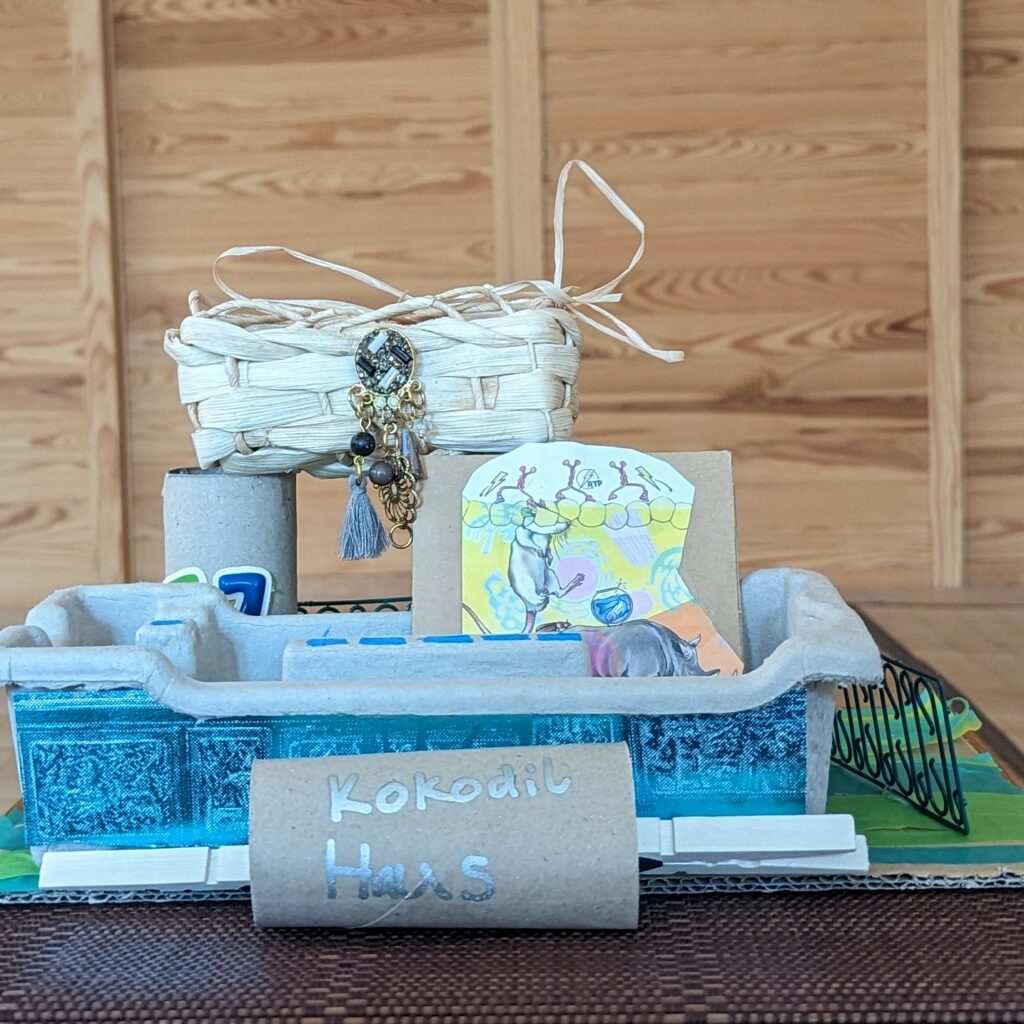
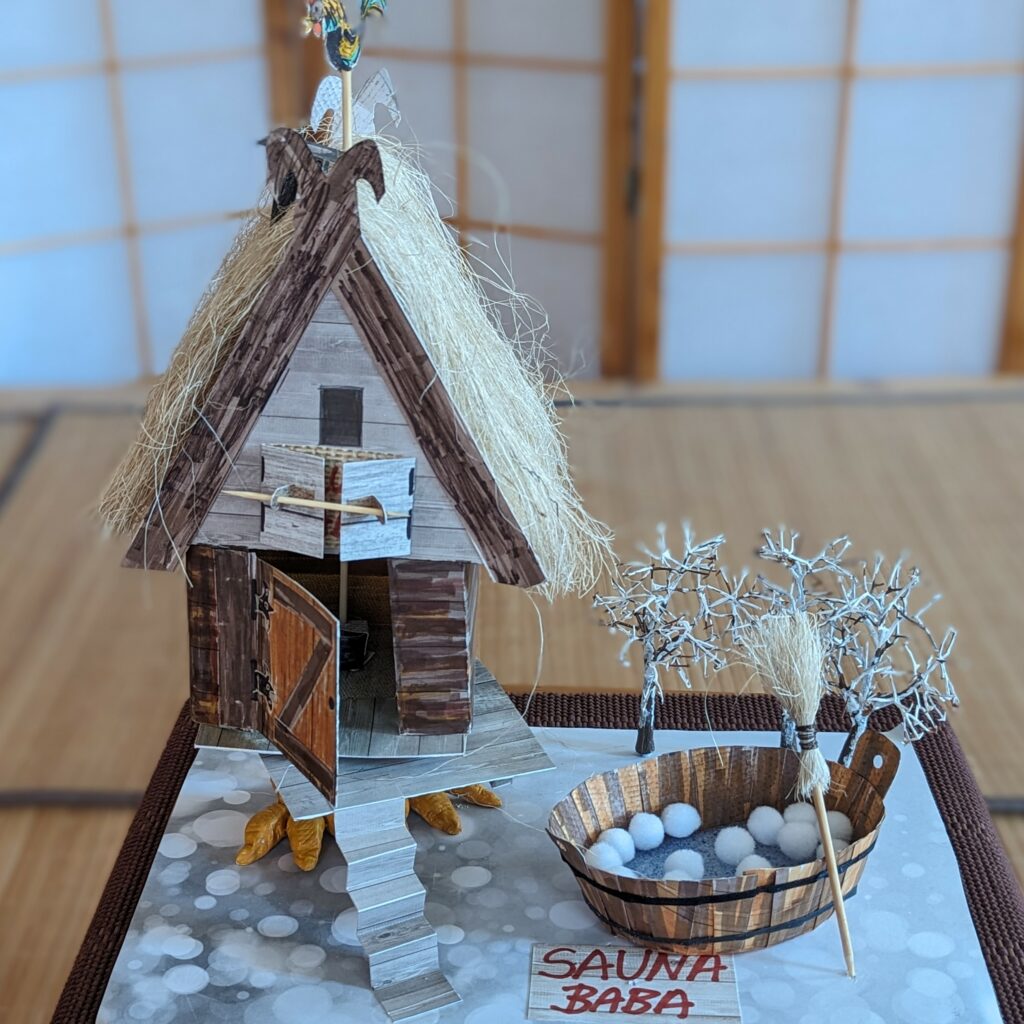
In key points: The aim is to create an intercultural meeting, learning and event space through a cross-cultural or, better, intermediary architectural project. The venue is to be a plot of land of approx. 2,500 m² near Dresden. Two buildings are planned. One will be located along the boundary of the property for receptions, overnight stays, seminars, etc. with a typical regional half-timbered façade design. With a flat roof as a garden terrace, where Chinese herbs, various vegetables and flowers will be planted and harvested to be offered immediately in the neighbouring roof bistro. The other building (classically elongated in plan) lies across the plot; it is designed as a wooden post and beam construction with an internal corridor running around it, following the outer walls of the building, as is characteristic of traditional Chinese buildings. Clay meets wood as plaster material in the interior. In addition, a double glass façade (conceived as a mobile element) – thermal insulation and heat protection in one as a view opener into the garden. The interior design of the rooms is to follow the principles of Feng Shui; the entire architectural arrangement and orientation of the building is to correspond to the five elements. “When we build, we build something special. We want to offer something and open people’s eyes,” Hongfeng says, and I can hear pride and at the same time appreciation for one’s own culture combined with the desire to enter into a transfer.

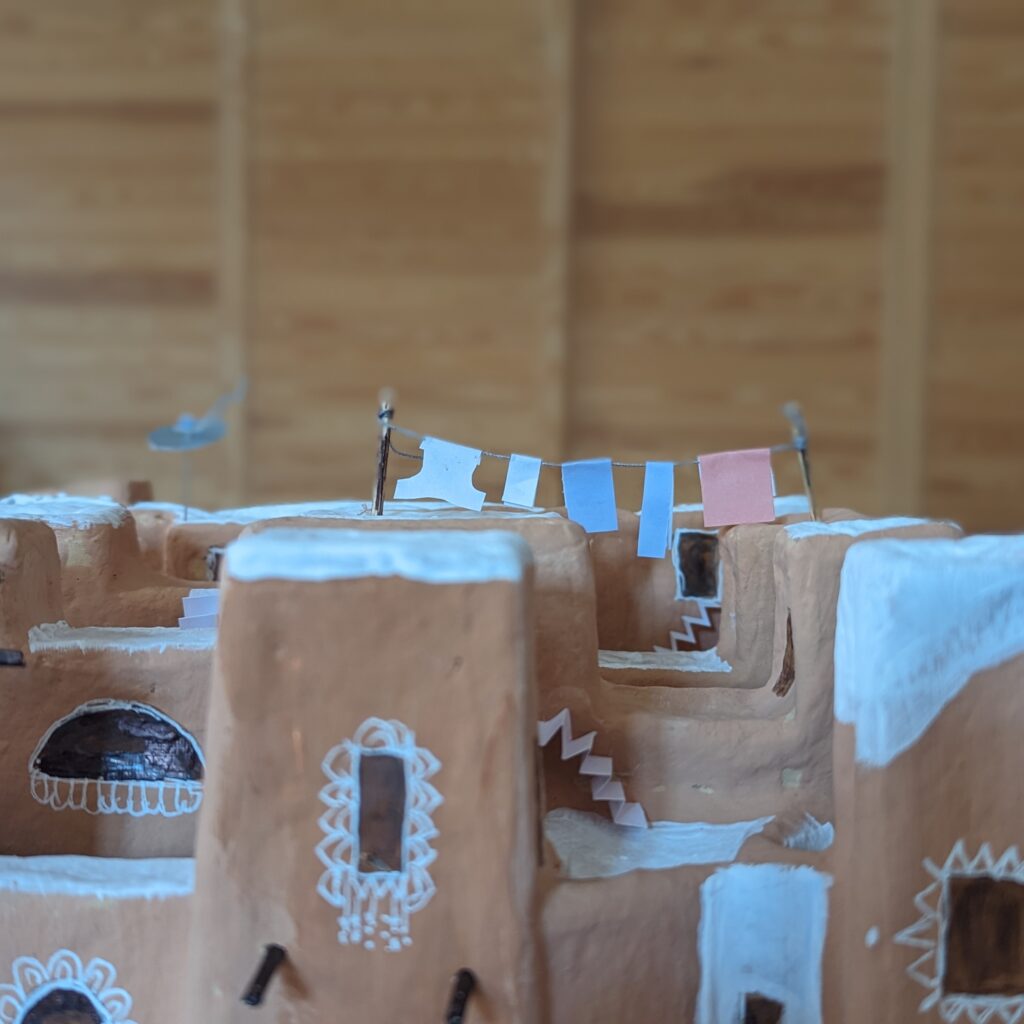
At the other end of the table – exactly opposite us – sits Karin. A building boom has broken out at her place. And as if they had agreed, it is (again) about original ways of building, far from our western culture: simple building methods with simple, natural materials. From an upside-down electrical appliance packaging, painted with clay-brown wall paint, among other things, a conglomerate of houses is created in association with Shibam or Sanaa in Yemen, for example. Or a palm house cut out of paper or … Lemei Jiang’s Kokodilhaus is of a completely different kind. She likes to build a kind of nest. And right next door, Huan Chen creates a houseboat in which various elements move: “Our lives are often quiet. Then we need art to be in motion.”
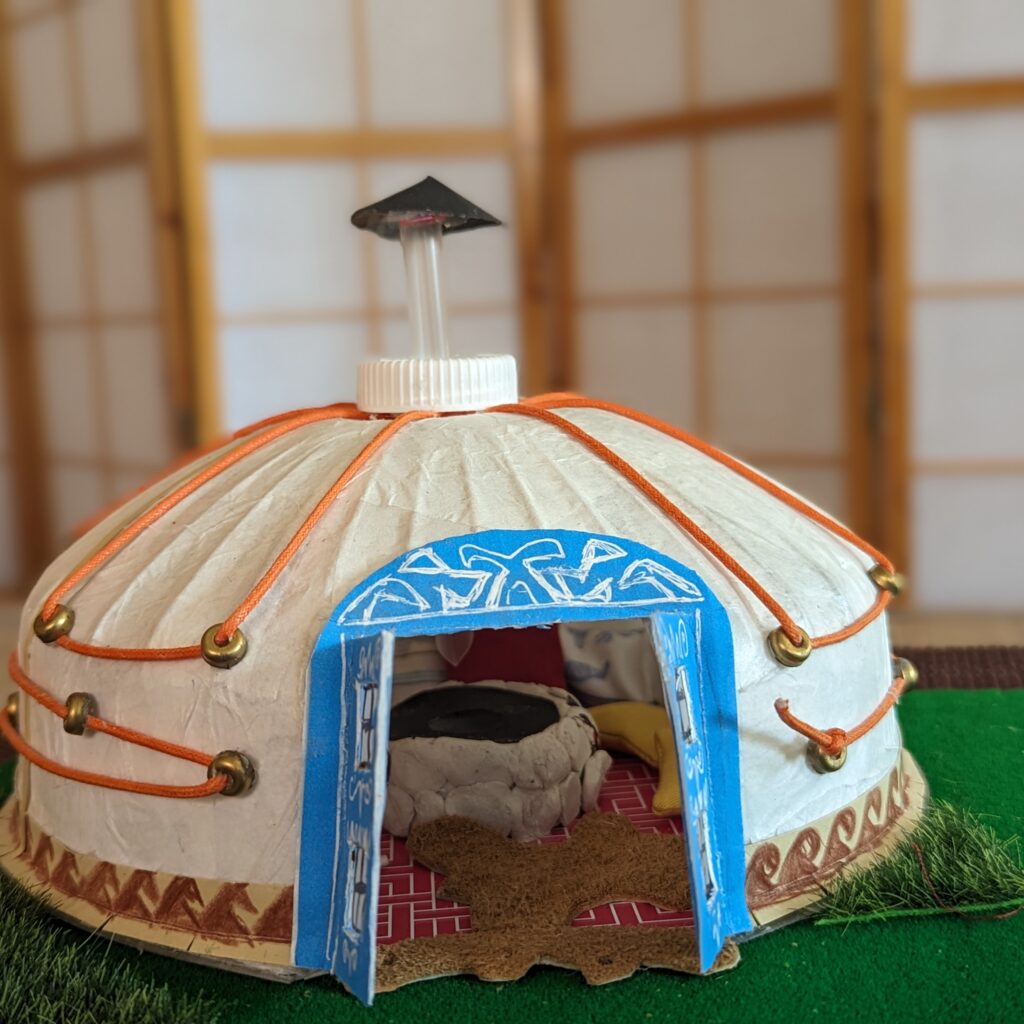

More information
Chinesisch-Deutsches Zentrum e.V. · 01219 Dresden
Altstrehlen 5 · 01219 Dresden
Contact: Si Cao (Chinese German Language Corner), Andreas Opfermann (Media and public relations)
Mail: mail@huadezhongxin.org · Phone: 0351 459 34 63
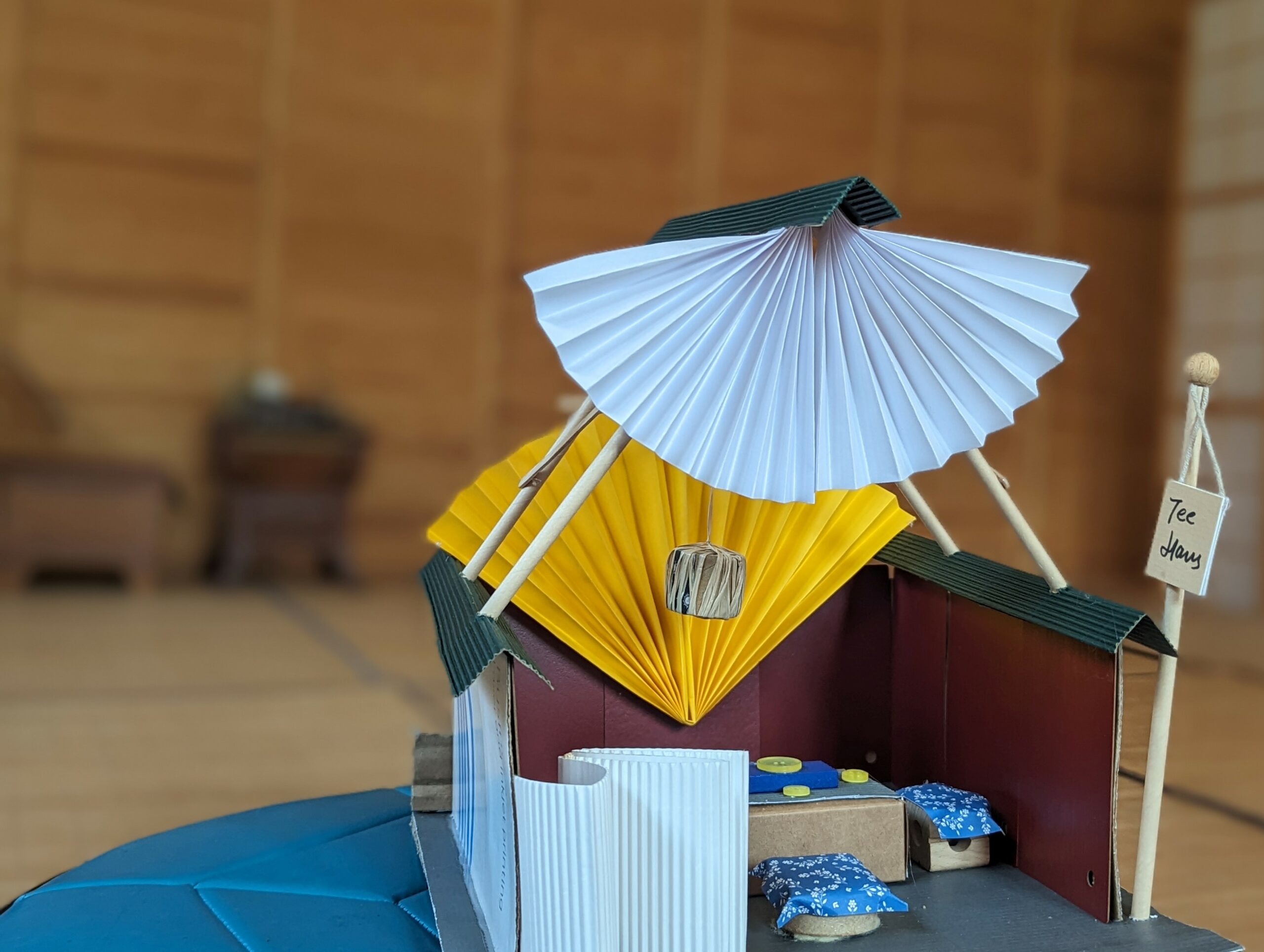
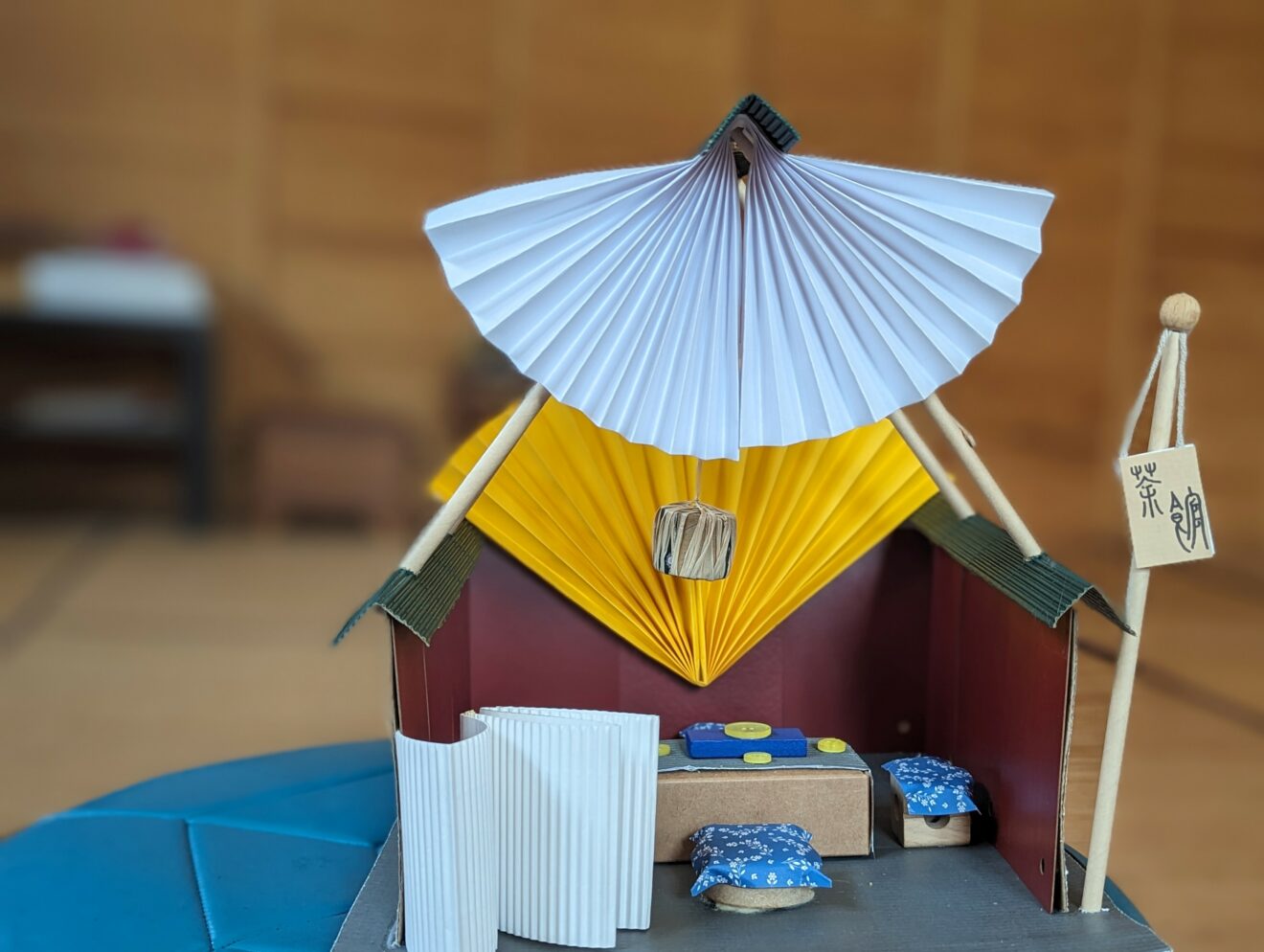
Dresdner Nachbarschaften – sichtbar, vernetzt, engagiert!
Neighbourhoods are everywhere – we are right in the middle of it. With district walks, conversations in the green, creative workshops, exhibitions and much more.
Period
05-12.2023
Project coordination
Yvonn Spauschus (project management)
Yulia Vishnichenko · Moussa Mbarek · Nadine Wölk · Nazanin Zandi (workshop leader)
Rosa Brockelt · Rosa Hauch · Falk Goernert (moderation and documentation)
Cooperation partners
Club Passage / JugendKunstschule Dresden · Omse e.V. · Chinesisch Deutsches Zentrum e.V. · Treffpunkt Prohlis / Malteser Hilfsdienst e.V. · Stadtteilverein Johannstadt e.V. · Neues Volkshaus Cotta / Konglomerat e.V. · Montagscafé / Staatsschauspiel Dresden · Freizeitclub / Lebenshilfe Dresden e.V. · Quartiersmanagement Prohlis, Johannstadt und Gorbitz
Supported by
The project is funded by the State Ministry for Social Affairs and Social Cohesion. This measure is co-financed with tax funds on the basis of the budget passed by the Saxon state parliament within the framework of the state programme Integrative Maßnahmen.
